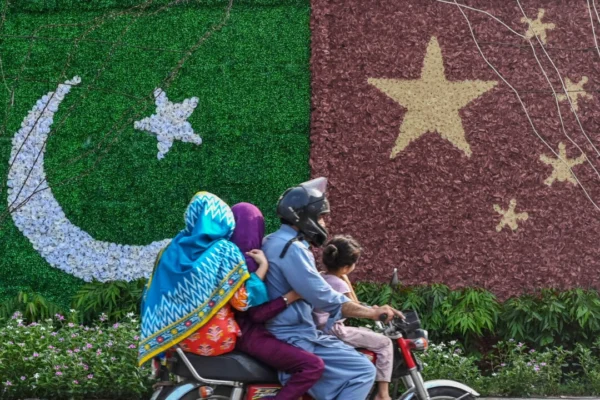China’s investments in Pakistan have a dark side, as they have wasted Pakistan’s resources, fostered corruption, and burdened the country with heavy Chinese debt, potentially leading Pakistan to become another Sri Lanka.
China has long been a significant investor in Pakistan’s economy, constructing the China-Pakistan Economic Corridor (CPEC) that connects western China to the Indian Ocean.
This grand project seemed to promise mutual benefits for both parties. For Pakistan, CPEC would create income and job opportunities for locals, helping the country transition from a frontier economy to an emerging one. For China, CPEC, as part of the Belt and Road Initiative, would provide an alternative route bypassing the congested Malacca Strait, saving significant transportation costs for trade with the Middle East and Europe.
However, trade between nations is not without its challenges. The implementation of CPEC has faced obstacles both externally and internally, raising concerns about its completion due to various issues such as separatist movements, limited local job opportunities, and increased terrorist attacks within Pakistan. The region’s instability adds a new dimension to alliances among neighboring countries.
Moreover, Beijing’s planning, financing, and execution of the CPEC project have also harmed Pakistan. Involving state-owned enterprises from both sides has exacerbated corruption in Pakistan, leading to escalating project costs and domestic resource wastage.
By 2020, the cost of the CPEC project had increased to $62 billion from the initial $46 billion in 2014, escalating Pakistan’s debt to China. Pakistan’s external debt surged rapidly after the initiation of CPEC in 2015, reaching $26.6 billion owed to China by 2022, making it Beijing’s largest debtor.
Pakistan’s rising debt and fiscal deficit have forced the country to seek a $7 billion loan from the International Monetary Fund (IMF).
Concerningly, the CPEC project is far from over, and its completion costs continue to rise, likely leading Pakistan to repeatedly reschedule its debts and potentially face a fate similar to Sri Lanka’s—debt-for-equity swaps that essentially hand over control of CPEC to Beijing.
Like the situation with CPEC, Sri Lanka saw its Hambantota Port transferred to Chinese ownership for 99 years in exchange for debt relief when it couldn’t repay massive loans. Through such tactics, China effectively turned Sri Lanka into a “semi-colony.” A landmark agreement signed last year gave a Chinese company 70% ownership of the strategic Hambantota Port in the Indian Ocean.
Three Indian professors analyzed China’s strategic investments through the Belt and Road Initiative, highlighting how these investments can lead countries into debt traps, potentially turning Pakistan into another Sri Lanka.
They noted, “Debt-trap diplomacy at the Hambantota Port demonstrates China’s vested interests in South Asia and the Indian Ocean region.”
Critical voices have also pointed out the lack of transparency in financing Belt and Road projects, with concerns that massive investments in projects like CPEC may allow China to assert influence in the Indian Ocean region, posing potential threats to India’s national security.
In conclusion, China’s economic engagements in developing countries like Pakistan have wide-ranging implications, and these strategic investments should be scrutinized for their long-term consequences on the countries involved. The potential risks of indebting nations and gaining undue influence through financial arrangements deserve careful consideration in the realm of global economic partnerships and geopolitical dynamics.

